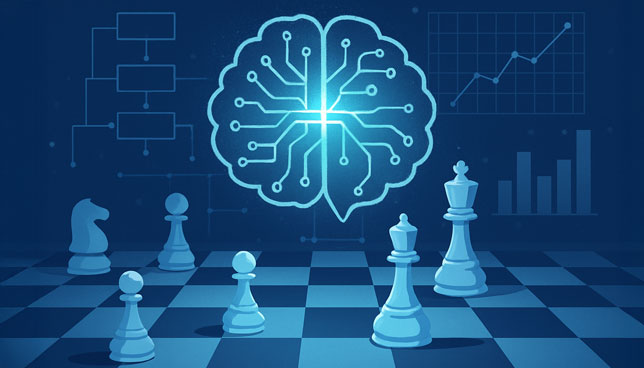
If your institution hasn't started developing an AI strategy, you are likely putting yourself and your stakeholders at risk, particularly when it comes to ethical use, responsible pedagogical and data practices, and innovative exploration.
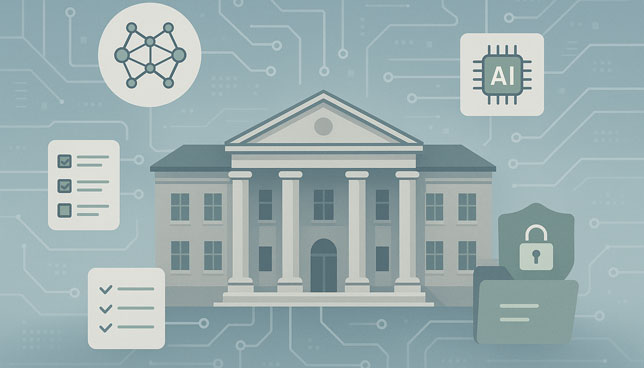
AI can generate valuable insights for higher education institutions and it can be used to enhance the teaching process itself. The caveat is that this can only be achieved when universities adopt a strategic and proactive set of data and process management policies for their use of AI.
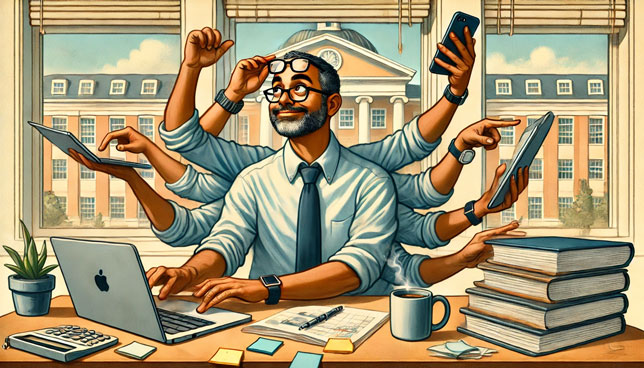
For today's higher education chief information officer, strategy collides with surprise and the pace never really slows down.

In the fast-evolving landscape of collegiate football, the NFL, and higher education, one might not immediately draw connections between the 2025 NFL Draft and the selection of proper educational technology for a college campus. However, upon closer examination, both processes share striking similarities: a rigorous assessment of needs, long-term strategic impact, talent or tool evaluation, financial considerations, and adaptability to a dynamic future.
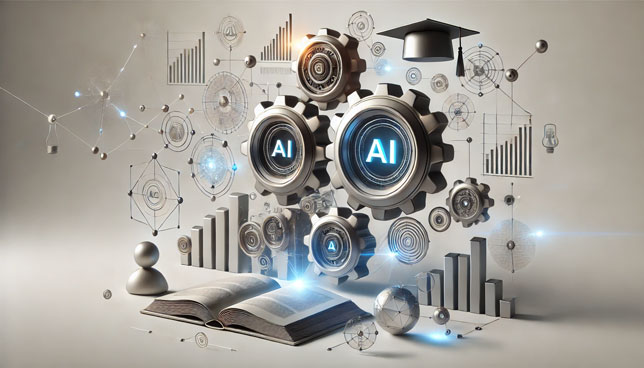
Artificial intelligence and the efficiency gains that come with it have the potential to change the current trajectory of many institutions at risk. But the key is to start now.

Faced with declining enrollments and changing demographics, colleges and universities must make use of data and analytics to better serve students.

In 2025, the trends shaping higher education reflect a continuous transformation of the higher education landscape to meet the changing needs of students and staff, while maintaining sustainable and cost-effective institutional practices.
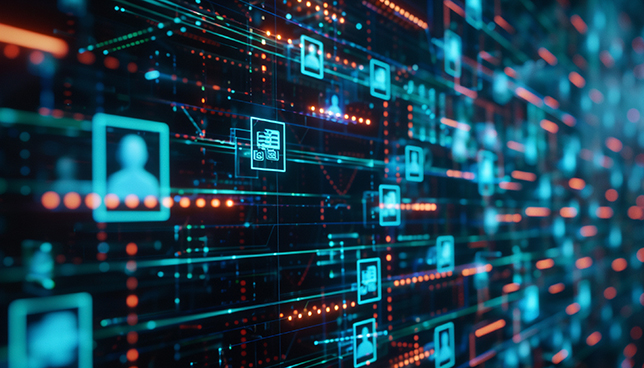
As technology permeates every aspect of life on campus, efficiency and convenience may come at the cost of human connection and professional identity.

AI is an immensely powerful tool that can provide customized support for students with diverse learning needs, tailoring educational experiences to meet student’s individual needs more effectively. However, significant disparities in AI access and digital literacy skills prevent many of these same students from fully leveraging its benefits.

Institutions that do not adopt AI will quickly fall behind. The question is, how can colleges and universities do this systematically, securely, cost-effectively, and efficiently?